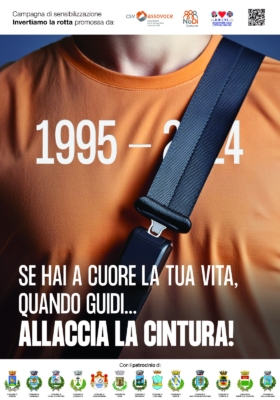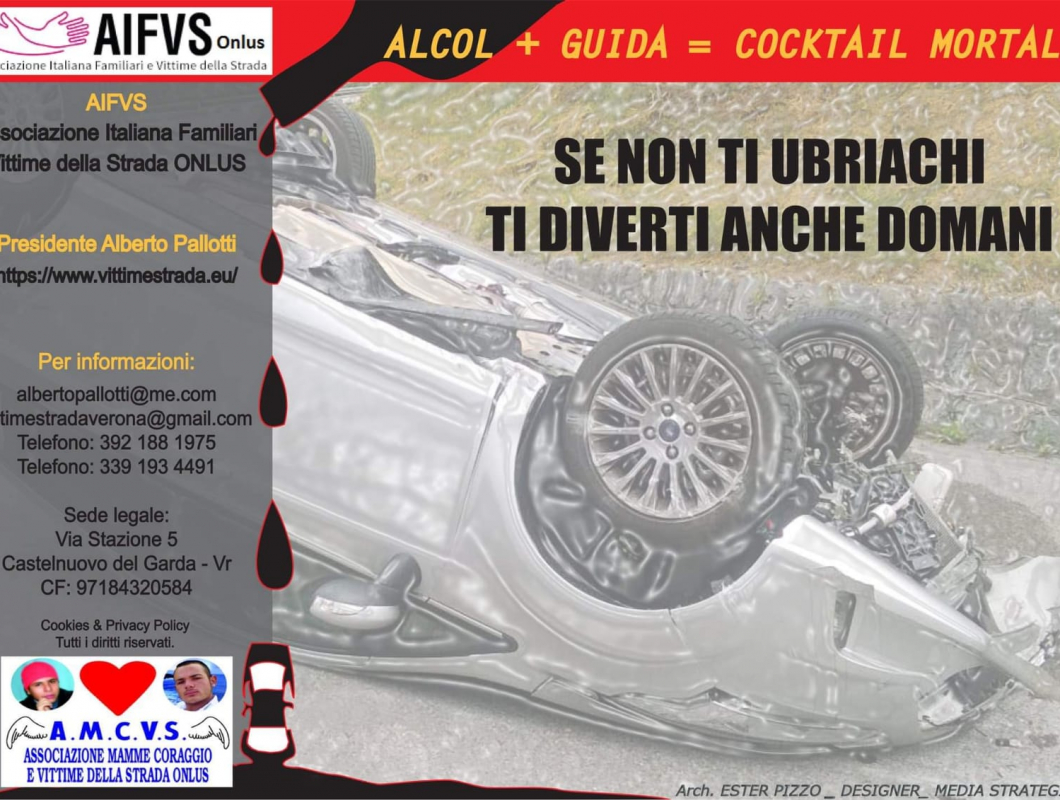Film del venerdì: “Determinato ad uccidere” affronta la sicurezza stradale nell’era mortale della guida
Non essere Hal Johnson
Parte come potrebbe ogni film poliziesco che si rispetti:
Ombre. Una donna grida. Una laconica voce fuori campo. “Vittima: maschio. Età: 35. Capelli: castani. Occhi: blu. Questi sono i freddi impersonali dati riportati nei verbali della polizia, il sommario ufficiale dell’improvvisa tragedia verificatasi appena fuori il villaggio di Medford la notte scorsa.”
Film Friday: ‘Driven to Kill’ tackles road safety in driving’s deadly era
Don’t be Hal Johnson
It starts off like any self-respecting detective movie might:
Shadows. A woman screams. A terse voiceover. “Victim: male. Age: 35. Hair: brown. Eyes: blue. Those are the cold impersonal statistics set down in the police records, the official summing up of the sudden tragedy that struck just outside of Medford Village last night.”
But this isn’t a vintage noir flick. It’s a dramatic, corny look at courteous driving circa 1948 titled “Driven to Kill.” Not as graphic as the “scared straight” films you may have seen in driver’s education classes growing up, it takes a more roundabout path to its message of safe road habits. Instead of showing us disturbing crash footage, it builds a narrative around Hal Johnson, Mr. Average Postwar American Middle Class Male.
Hal’s a family man, well-insured, careful to teach Junior proper woodcarving technique, always practices proper gun safety, drives a sensible Dodge. But he’s an absolute demon on wheels, tossing common courtesy out the window along with his cigarette butt and putting himself — and other motorists — in danger.
Sure, Hal’s a total jerk on the road. But you probably are, too — we all are, at times, even if only for a moment from time to time and even if we don’t realize it.
In 1948 — the year this film was released – the United States saw 30,775 motor-vehicle deaths. That’s 20.988 fatalities per 100,000 citizens. Though the fatality rate peaked at 29.357 per 100,000 in 1937, it didn’t begin dropping in earnest until the 1970s. Clearly, this was a deadly serious issue when “Driven to Kill” was produced.
In 2012, we recorded 34,080 fatalities. When you take population increase into account, it all works out to 10.8399 deaths per 100,000 citizens — an undeniable improvement, yes, but a statistic that can be further improved by courtesy and attentiveness on the road.
Cars are far safer now than they were in the pre-seatbelt, pre-airbag, pre-crumple zone era, but that’s no excuse to pilot your multi-ton automobile — almost undoubtedly heavier and more powerful than Hal’s 102-hp Dodge Custom sedan — without regard for your skills, an understanding of your vehicle’s capabilities and, of course, respect for other drivers and pedestrians.
Don’t be Hal. Stay safe out there.
Get more car news, reviews and opinion every day: Sign up to have the Autoweek Daily Drive delivered right to your inbox.
http://www.autoweek.com/article/20131227/carnews01/131229915









































































